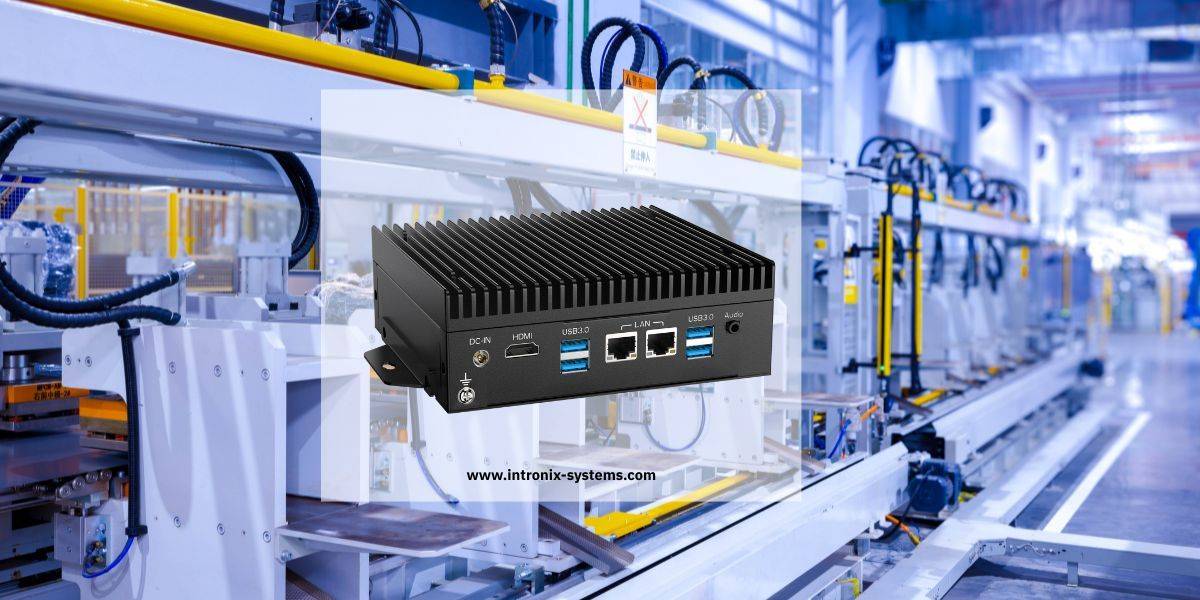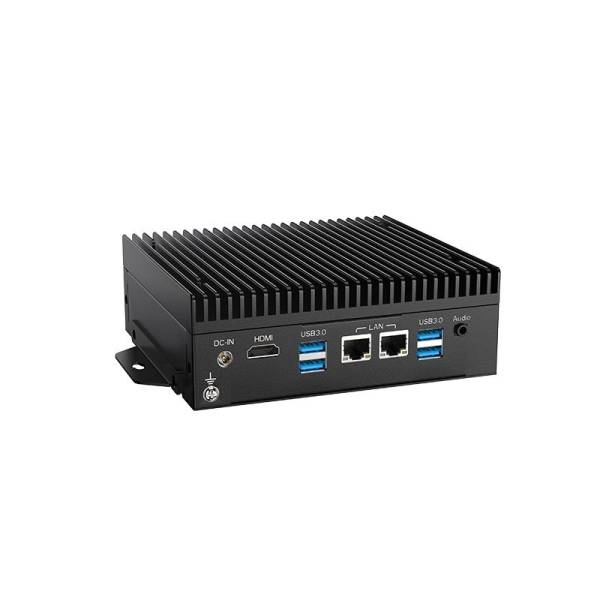An industrial fanless PC is a robust computing solution designed for harsh environments while delivering high reliability and silent operation. Unlike traditional computers with cooling fans, fanless PCs rely on passive cooling using heat sinks and rugged aluminum chassis.
They are built to resist dust, vibrations, and temperature extremes, making them ideal for industrial automation, transportation, and outdoor installations. In this comprehensive guide, we will explain what a fanless industrial PC is, its advantages, key applications, and the essential criteria for choosing the right system. We will also provide examples from our industrial PC range to help you make an informed decision.






